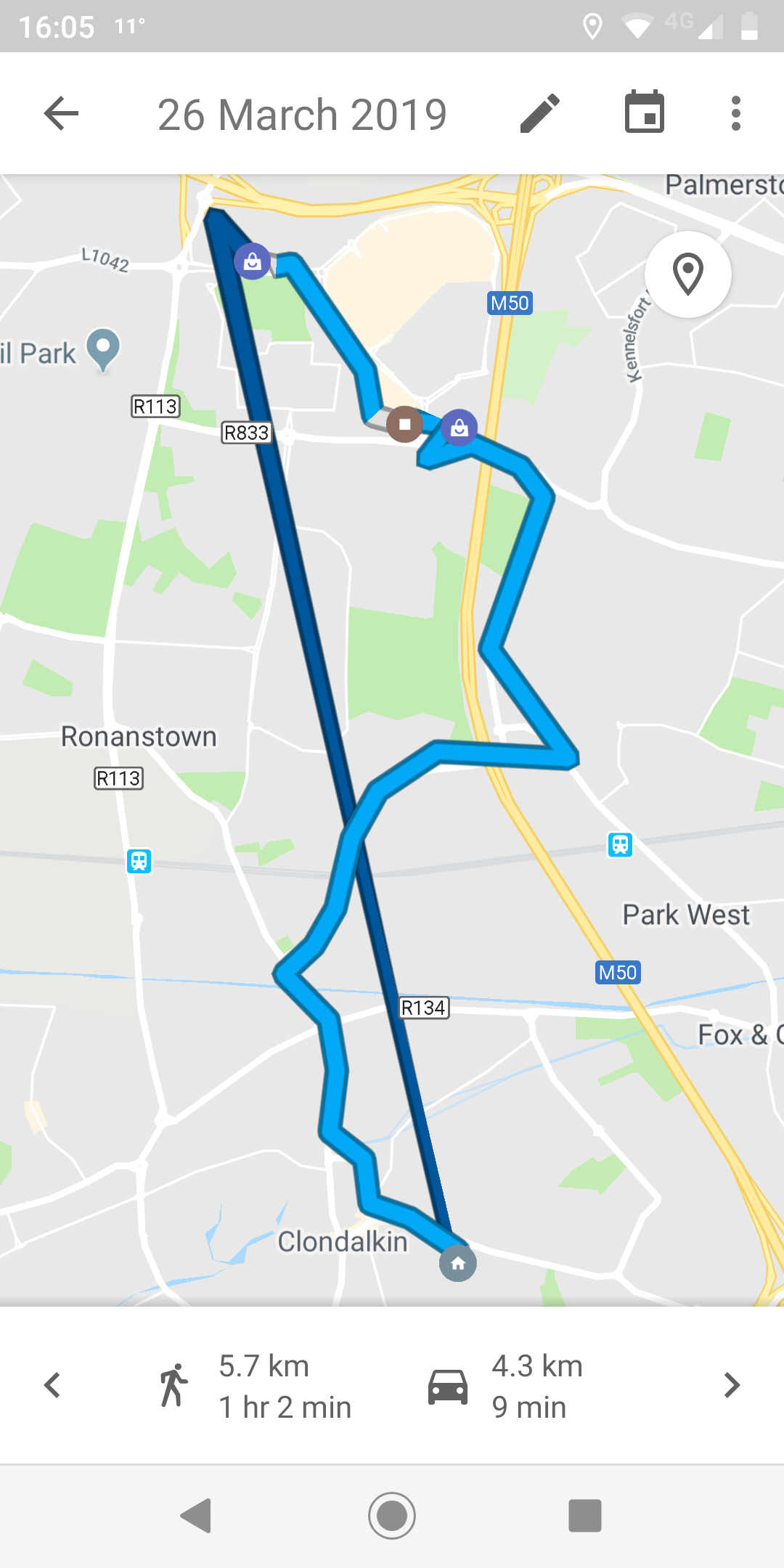Discovering Your Digital Footprints: A Guide to Exporting Your Google Maps Timeline History
Unpacking Your Digital Footprints: A Guide to Exporting Your Google Maps Timeline HistoryGoogle Maps Timeline, a collection of your digital wanderings, provides an intriguing look into your past travels. But what happens when you decide to save this history, study it, or keep a local copy? This walkthrough will walk you through the process of exporting your Google Maps Timeline history.

1. Opening Your Timeline:
Open Export Google Timeline To Excel: Start the Google Maps app on your smartphone or go to maps.google.com on your computer.
Navigate to Your Timeline: Locate the "Your Timeline" option within the Google Maps interface. This can usually be found in the menu or within your profile settings.
2. Exporting Your Data:
Access Export Google Timeline To Excel Takeout: Google Takeout is the designated tool for downloading your Google data.
Select "Location History": In the Takeout menu, select "Location History." This contains your Timeline data.
Customize Your Export:
File Format: Select the desired file format (like KML, KMZ, JSON). KML and KMZ are popular geospatial formats, while JSON is a versatile data exchange format.
Delivery Method: Decide on how you wish to receive your data (like email, Google Drive).
Start Export: Begin the export process. Depending upon the amount of your Timeline data, this might take a while to complete.
3. Understanding Your Exported Data:
KML/KMZ: These formats are commonly used in mapping software and can be quickly visualized in Google Earth or other GIS applications.
JSON: This format is highly versatile and can be used for further examination or compatibility with other applications. You may need to use a specialized software to analyze and visualize the data.
Tips and Considerations:
Review Your Timeline: Ahead of exporting, examine your Timeline and ensure you're okay with the data being exported.
Privacy Settings: Update your Location History settings in Google Maps to control what data is stored.
Data Security: Store your exported data safely on your device or a trusted cloud storage service.
Beyond the Technical:
Exporting your Google Maps Timeline is not just a technical exercise. It's an way to think about your past, analyze your travel patterns, and develop a deeper understanding of your interaction with the physical world.
Disclaimer: This guide provides general information and may not be relevant to all users or devices. Google's policies and features may evolve over time.
This article strives to be unique by:
Focusing on the "why" in addition to the "how": Pointing out the value of exporting Timeline data for personal reflection, analysis, and preservation.
Offering a clear guide: Breaking down the process into straightforward steps.
Offering practical tips and considerations: Addressing privacy concerns and data security.
By following these steps, you can discover the latent value of your Google Maps Timeline and achieve a deeper understanding of your digital footprints.